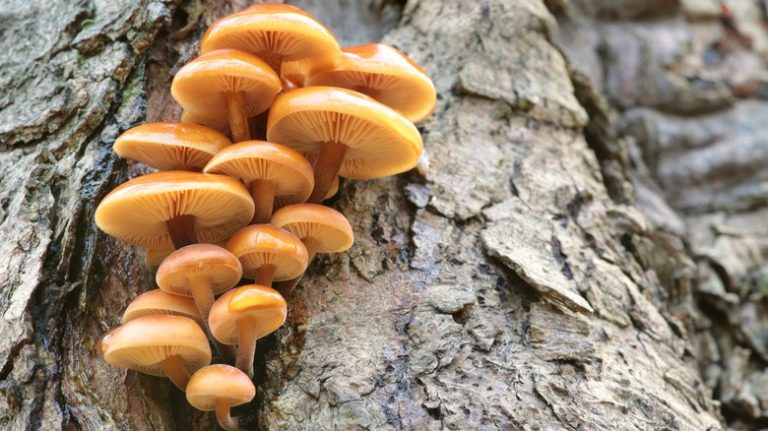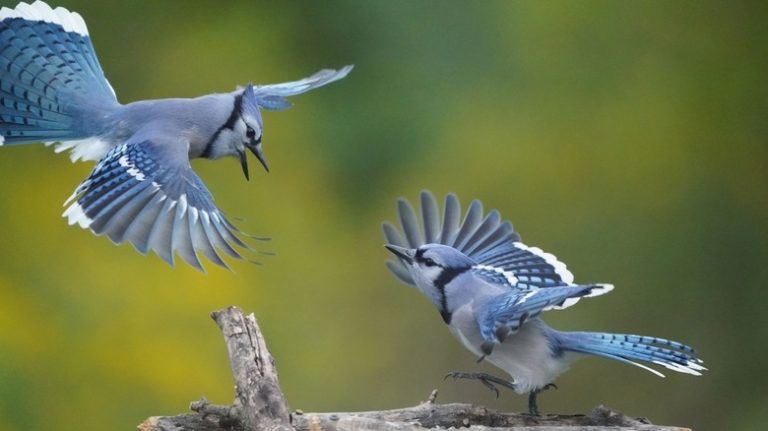Turpentine Bush (Ericameria laricifolia), also known as larrea tridentata or creosote bush, is a common plant found in the desert regions of the southwestern United States. It is a woody evergreen shrub with needle-like leaves and gland-dotted foliage. The plant has a strong smell reminiscent of turpentine, hence the name. Turpentine bush can grow up to 10 feet tall and has a mounding habit.
One of the key features of turpentine bush is its ability to survive in arid conditions. It has adapted to the harsh desert climate by having a deep taproot that enables it to access water stored deep underground. This makes it a valuable source of food and shelter for various animals and insects. For example, the larvae of certain butterflies feed on the foliage of turpentine bush.
In addition to its ecological importance, turpentine bush also has medicinal properties. Native American tribes have traditionally used its leaves and stems for various purposes, including treating skin rashes, sore throats, and digestive issues. Its strong smell is also believed to have repellent properties against insects.
Turpentine bush is often considered a weed due to its rapid growth and ability to spread easily. It can quickly take over an area and outcompete other plants, leading to a loss of biodiversity. However, when properly managed through pruning and division, it can be used as an attractive filler for landscapes in the Southwest.
In the spring, turpentine bush blooms with small yellow flowers that cover the entire plant. Although individually they are not very showy, the mass of flowers can create a striking display. The fruit of the bush is a small, dry capsule that contains seeds.
In conclusion, turpentine bush is a hardy and versatile plant that is commonly found in the desert regions of the Southwest. Despite being considered a weed by some, it has important ecological and medicinal properties. Its strong smell and unsightly appearance may not be to everyone’s liking, but it serves as an important source of food and habitat for various animals and insects.
Turpentine Bush
Turpentine bush (Ericameria laricifolia) is a woody evergreen shrub found in the desert regions of the southwestern United States. It is known for its sticky foliage, which gives off a strong smell reminiscent of turpentine when touched or crushed. The plant has a mounding habit and can grow to be several feet in height.
The turpentine bush blooms in the spring, with small yellow flowers that are attractive to bees and other pollinators. The plants produce small fruit that contains seeds. The foliage of the turpentine bush is linear and gland-dotted, with needle-like leaves. Despite its unsightly appearance, the turpentine bush is often used as a filler plant in landscaping due to its ability to withstand harsh desert conditions.
Pruning the turpentine bush is necessary to maintain its shape and prevent it from becoming too dense. It is also important to remove any dead or diseased branches to promote healthy growth. The turpentine bush is considered a weed in some areas, as it has a tendency to spread quickly and take over other plants.
The turpentine bush is a common plant in the flora of the southwest, providing habitat and food for a variety of insects and wildlife. It is particularly attractive to butterfly larvae and serves as a host plant for several species. Despite its strong smell, the turpentine bush is not toxic and is safe to touch.
| Fruit | Bloom | Habit | Source |
|---|---|---|---|
| Small | Spring | Mounding | https://example.com |
Overall, the turpentine bush is a hardy and adaptable plant that is well-suited to desert landscapes. Its unique foliage, moderate size, and ability to attract wildlife make it a popular choice for gardeners in the southwestern United States.
Division and comments:
Less than 5 feet.
Ericameria Laricifolia Turpentine Bush
The Ericameria Laricifolia Turpentine Bush, commonly known as Turpentine Bush or Ericameria laricifolia, is a mounding evergreen bush found in the southwestern United States. It is a member of the Asteraceae family and is native to desert environments.
The Turpentine Bush has linear, needle-like foliage that gives off a strong smell when touched or crushed. The leaves are gland-dotted and sticky to the touch. The bush grows to be about 2 to 5 feet in height and has a moderate growth habit.
In spring, the Turpentine Bush produces clusters of small yellow flowers, which serve as a source of nectar for butterflies and other pollinators. The sticky and woody fruit of the plant provides food for larvae of certain butterfly species. The bush is also a common filler in xeriscape landscapes and is used for aesthetic purposes due to its dense foliage and attractive bloom.
Pruning can help maintain the bush’s shape and prevent it from becoming unsightly or overgrown. Division can also be done to propagate new plants. However, it is important to note that the Turpentine Bush can sometimes be considered a weed due to its tendency to spread and take over areas where it is not desired.
Comments and Additional Information
The Ericameria Laricifolia Turpentine Bush is a versatile plant that adds visual interest to desert landscapes. Its evergreen nature and attractive bloom make it a popular choice for xeriscapes. However, its spreading habit and strong smell may not be suitable for every garden. Consider these factors before adding it to your landscape.
For more information on the Turpentine Bush or other plants in the southwestern flora, consult a local plant nursery or horticultural expert.
Southwest Desert Flora
The desert flora of the Southwest is known for its uniquely adapted plants that thrive in arid conditions. One such plant is the ericameria, commonly known as the turpentine bush. This evergreen shrub has woody, gland-dotted foliage with needle-like leaves that emit a distinct smell when crushed or pruned.
The turpentine bush belongs to the sunflower family (Asteraceae) and is native to the southwestern United States. It can be found throughout the desert regions of Arizona, New Mexico, California, and Texas.
Characteristics
The turpentine bush has a mounding habit and can reach heights of up to 6 feet. Its linear, needle-like leaves and sticky, gland-dotted foliage make it an unsightly weed to some, but its bright yellow blooms attract butterflies and other pollinators. The plant blooms in spring, providing a burst of color to the otherwise arid landscape.
The turpentine bush is known for its moderate growth rate, making it a popular filler in desert landscapes. Its evergreen nature ensures that it retains its foliage year-round, providing visual interest even during the winter months.
Uses
In addition to its ornamental value, the turpentine bush has some practical uses. Native peoples of the Southwest have used its branches and fruit to make tea or as a traditional remedy for various ailments. The branches were also used as a source of material for making baskets and other woven items.
Although the turpentine bush can be an invasive plant in some areas, its ability to thrive in harsh conditions and its important role in the ecosystem as a host plant for butterfly larvae make it a valuable part of Southwest desert flora.
For more information and comments about the turpentine bush and other desert plants, please consult a reliable source.
| Common Name | Scientific Name |
|---|---|
| Turpentine Bush | Ericameria laricifolia |



